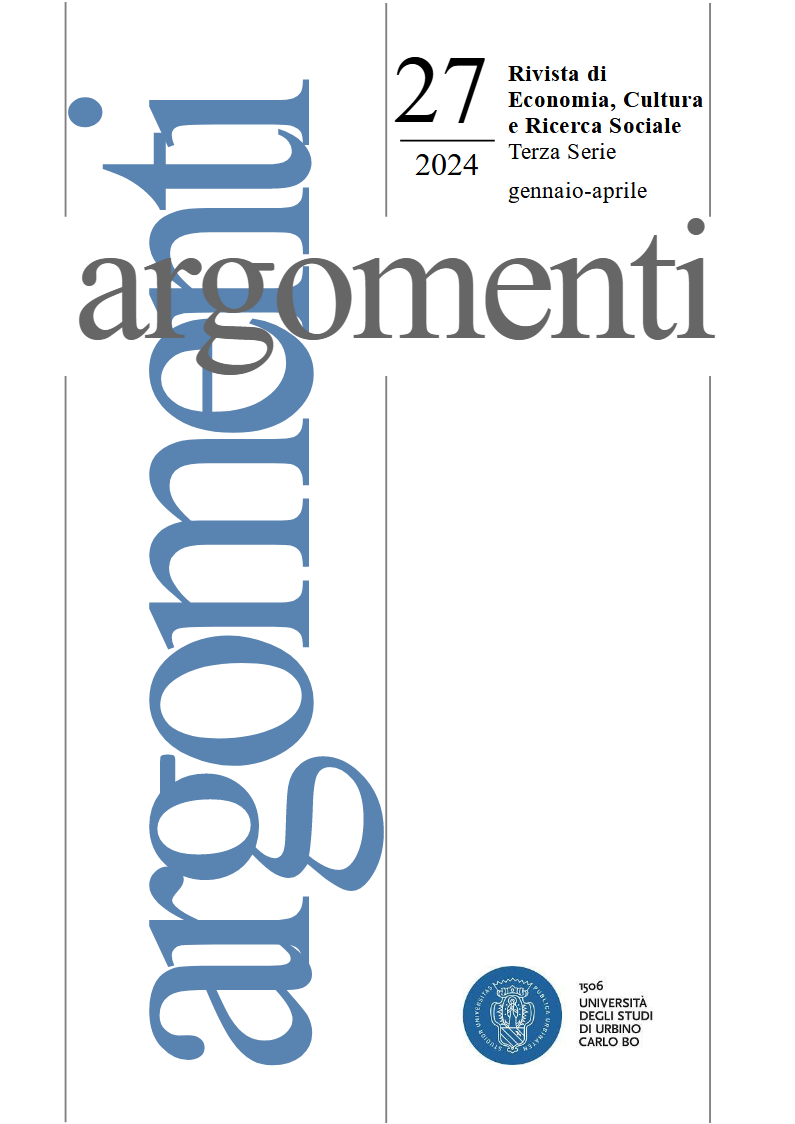Abstract
This paper utilizes a Structural Vector Autoregressive model (SVAR) to explore the intricacies of monetary policy and inflation dynamics in the Eurozone. When examining conventional monetary policy, impulse reactions reveal a positive price response to positive interest rate innovations, contrary to theory, thus indicating a "price puzzle." However, the inclusion of commodity prices and exchange rates in the model appears to effectively mitigate this puzzle. Given the European Central Bank's (ECB) extensive use of unconventional monetary policy tools, investigating the impact of external shocks on the ECB's total assets is of particular significance. Parallel insights emerge when transitioning to a model where the external shock corresponds to the ECB's unconventional monetary policy.
References
Burriel, P., & Galesi, A. (2018). Uncovering the heterogeneous effects of ECB unconventional monetary policies across euro area countries. European Economic Review, 101, 210-229.
Christiano, L. J., Eichenbaum, M. & Evans. C. (1996). The Effects of Monetary Policy Shocks: Evidence from the Flow of Funds. Review of Economics and Statistics, 78,16—34.
Demiralp, S., Hoover, K. D., & Perez, S. J. (2014). Still puzzling: evaluating the price puzzle in an empirically identified structural vector autoregression. Empirical Economics, 46, 701-731.
Eichenbaum, M. (1992). Interpreting the macroeconomic time series facts: The effects of monetary policy': by Christopher Sims, European Economic Review, 36, issue 5, p. 1001-1011.
Estrella, A. (2015). The price puzzle and var identification. Macroeconomic Dynamics, 19(8), 1880-1887.
Gambacorta, L., Hofmann, B., & Peersman, G. (2014). The effectiveness of unconventional monetary policy at the zero lower bound: A cross‐country analysis. Journal of Money, Credit and Banking, 46(4), 615-642.
Garafas, G. (2024). Analyzing the balance sheet of the euro area NCBs and the ECB. The impact of securities on inflation and economic activity. Actual Problems of Economics, #1 (271), 66-76.
Giordani, P. (2004). An alternative explanation of the price puzzle. Journal of Monetary Economics, 51(6), 1271-1296.
Hanson, M. S. (2004). The “price puzzle” reconsidered. Journal of Monetary Economics, 51(7), 1385-1413.
Krusec, D. (2010). The “price puzzle” in the monetary transmission VARs with long-run restrictions. Economics Letters, 106(3), 147-150.
Rusnák, M., Havranek, T., & Horváth, R. (2013). How to solve the price puzzle? A meta‐analysis. Journal of Money, Credit and Banking, 45(1), 37-70.
Sims, C.A. (1992). Interpreting the Macroeconomic Time Series Facts: The Effects of Monetary Policy. European Economic Review, 36, 975-1000.
Sims, C. A., & Zha, T. (2006). Does monetary policy generate recessions?. Macroeconomic Dynamics, 10(2), 231-272.

This work is licensed under a Creative Commons Attribution 4.0 International License.
Copyright (c) 2024 Georgios Garafas





